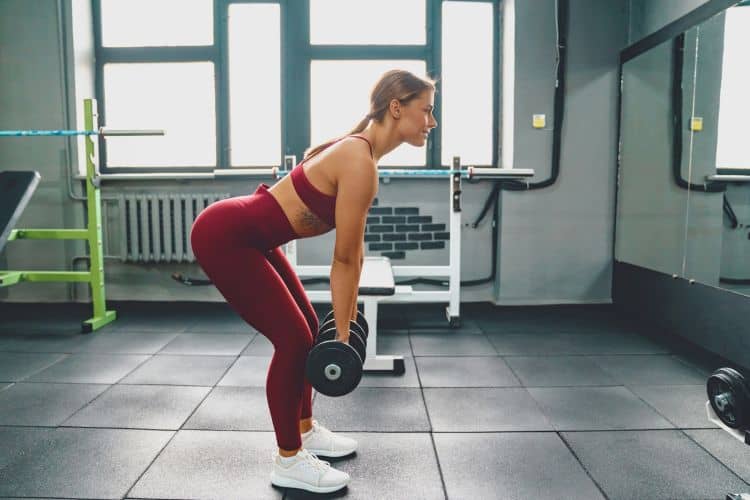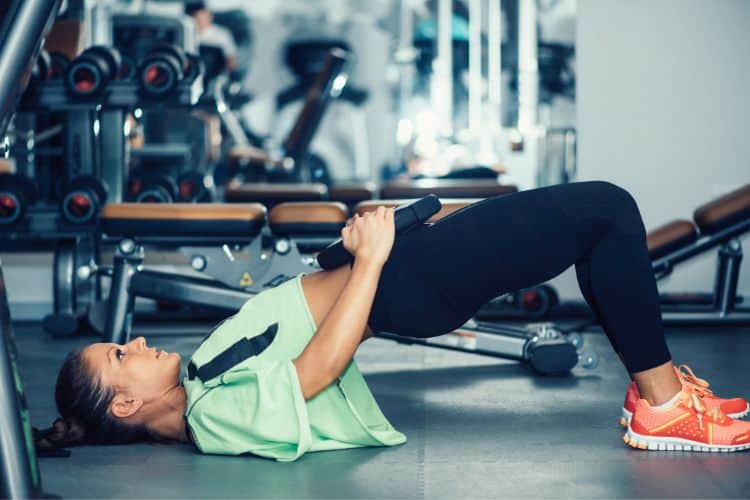Sign up for workout ideas, training advice, reviews of the latest gear and more.






For many women, cardiovascular training remains an integral aspect of a holistic wellness routine. Often associated with weight loss and toning, its benefits far exceed these superficial perks. Cardiovascular training strengthens the heart, improves blood circulation, and offers a plethora of advantages that can help women lead healthier, longer lives. Whether you’re a newbie or a fitness aficionado, this deep dive into cardiovascular training is a must-read.
The heart is a magnificent organ that works tirelessly day in and day out. It pumps oxygen-rich blood throughout the body, supplying vital nutrients to tissues and removing waste products. Cardiovascular training targets this muscle, ensuring it remains robust and resilient.
2. Understanding Cardiovascular Training
Simply put, cardiovascular training (often referred to as ‘cardio’) includes exercises that raise your heart rate and keep it elevated for a certain period. This could range from brisk walking and jogging to cycling, swimming, and aerobics.
Heart Health: Women are not immune to cardiovascular diseases. In fact, heart diseases have been cited as a leading cause of death among women globally. Regular cardio workouts reduce the risk of heart diseases by improving heart efficiency, lowering blood pressure, and reducing cholesterol.
Weight Management: Cardio exercises help in burning calories. For those looking to shed some pounds or maintain their current weight, incorporating cardio is beneficial.
Mental Health Benefits: Cardio exercises release endorphins – the feel-good hormones. This can help in reducing stress, anxiety, and even depression. Additionally, regular exercise has been linked to improved sleep and cognitive function.
Hormonal Balance: Cardio can play a role in balancing hormones, which, in turn, can alleviate symptoms of PMS, menopause, and even polycystic ovary syndrome (PCOS).
Every woman is unique, and so should be her fitness routine. Cardiovascular training isn’t one-size-fits-all.
Age Factor: As women age, bone density tends to decrease. Low-impact exercises like swimming or cycling can be ideal for older women, reducing the risk of injuries.
Pregnancy: Expecting mothers can benefit from gentle cardio workouts. However, it’s vital to consult a healthcare provider to understand what’s safe.
Health Concerns: Women with specific health concerns, like arthritis, should opt for exercises that are easy on the joints, such as water aerobics.
Let’s face it; repetitive exercises can be dull. But cardio doesn’t have to be! Here’s how to spice things up:
Group Classes: Enroll in a Zumba, aerobics, or dance class. These are not only effective but also super fun.
Outdoor Activities: Replace the treadmill with nature. Hiking, beach running, or even a game of tennis can be refreshing.
Intervals: Introduce High-Intensity Interval Training (HIIT) to your routine. Short bursts of high energy followed by rest can be more effective and less time-consuming.
Like any other fitness regime, the key to reaping the benefits of cardiovascular training is consistency. It’s not about how hard you train, but how regularly. Aim for at least 150 minutes of moderate-intensity cardio or 75 minutes of high-intensity cardio every week, as recommended by many health organizations.
While pushing boundaries can be rewarding, it’s essential to understand your limits. If you feel pain (not to be confused with the regular discomfort of exercising), it’s a sign to slow down. Stay hydrated, ensure proper nutrition, and get adequate rest.
Cardiovascular training isn’t just about staying in shape; it’s about embracing a lifestyle that prioritizes your heart’s health. In a world where women juggle countless roles, it’s paramount to take a moment, lace up those sneakers, and do something solely for oneself. Remember, a healthy heart is at the heart of a fulfilled, vibrant life. So, ladies, let’s get moving!
Stay up to date on the latest women’s health, fitness and lifestyle trends and tips.